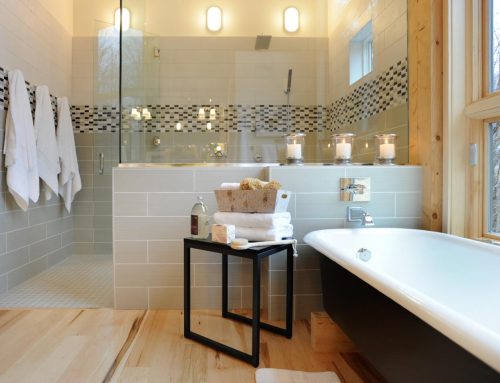As summer approaches and temperatures begin to soar, keeping your home cool and comfortable becomes a priority. Weatherizing your home for the summer heat is not only about enhancing comfort but also about improving energy efficiency and reducing cooling costs. In this discussion, we’ll explore various strategies for weatherizing your home for hot weather and the benefits these modifications can bring. If you live in Salem, Oregon just call Cherry City Services for a complete summer weatherization estimate.
Understanding Weatherization
Weatherization refers to the process of protecting a building from the elements—such as sun, rain, and wind—to improve energy efficiency and maintain an optimal indoor environment. While often associated with cold climates, weatherizing for the summer heat is equally important. The goal is to keep the hot air out and the cool air in, minimizing the workload on your air conditioning system.
Benefits of Weatherizing Your Home for Summer
- Reduced Energy Costs: Proper insulation and sealing can significantly lower your air conditioning needs, leading to reduced electricity bills.
- Increased Comfort: By maintaining a stable indoor temperature, weatherization efforts make your home more comfortable during heat waves.
- Environmental Impact: Lower energy usage translates to reduced greenhouse gas emissions, contributing to environmental preservation.
- Protection of Interior Spaces: By blocking excessive heat and sunlight, you can prevent fading and damage to furniture, flooring, and other indoor materials.
- Health Benefits: Keeping your home cool and free from heat build-ups can help prevent heat-related health issues, particularly for the elderly and young children.
Strategies for Weatherizing Your Home for Summer Heat
1. Upgrade Insulation
Insulation isn’t just for keeping heat in during winter; it also keeps heat out during summer. Focus on upgrading insulation in your attic, walls, and floors. Attic insulation is particularly effective, as heat tends to enter through the roof due to direct sun exposure.
2. Seal Cracks and Openings
Small cracks and gaps around doors, windows, and other junctions can undermine your cooling efforts by allowing hot air to enter. Use weather stripping and caulk to seal these leaks. Additionally, check for leaks in ductwork, which can significantly decrease the efficiency of your air conditioning system.
3. Install Energy-Efficient Windows
If your windows are old and inefficient, consider replacing them with energy-efficient models featuring double glazing and low-emissivity (low-E) coatings. These windows reduce heat transfer and block ultraviolet rays. Alternatively, you can add solar control film to existing windows to reflect heat without replacing them.
4. Use Window Treatments
Effective use of window treatments can block out heat. Reflective blinds, blackout curtains, and shades can significantly reduce the amount of heat that enters your home when closed during the hottest parts of the day.
5. Improve Ventilation
Good ventilation helps remove heat accumulation inside your home. Consider installing attic or whole-house fans. These systems can pull cooler evening air through the house and push hot air out, significantly cooling the home overnight.
6. Consider Roofing Materials
The color and material of your roof can affect indoor temperatures. Light-colored roofing materials reflect more sunlight and absorb less heat. Metal roofs, although initially more expensive, can reflect much of the sun’s energy away from your home.
7. Plant Trees and Landscape Strategically
Landscaping is a natural and beautiful way to shield your home from the sun. Planting trees strategically around the building can block direct sunlight, reducing indoor temperatures. Vines and shrubs on trellises can also provide shade for walls, particularly on the west and south sides where sun exposure is maximal.
8. Upgrade or Tune Up Your HVAC System
Ensure your air conditioning system is running efficiently by scheduling regular maintenance. Consider upgrading to a more efficient system if yours is old or underperforming. Newer models are more energy-efficient and can significantly reduce your energy bills while improving cooling.
Practical Tips for Daily Living
In addition to these weatherization strategies, daily habits can contribute to keeping your home cool without constantly running the air conditioning:
- Utilize Fans: Ceiling fans and portable fans can help circulate air and make the room feel cooler even when the temperatures are high.
- Cook Smart: Avoid using the oven or stove during the hottest parts of the day; opt for microwaving, grilling outdoors, or preparing cold meals.
- Manage Appliance Use: Run dishwashers, dryers, and other heat-generating appliances during cooler parts of the day or at night.
- Adapt Your Schedule: Whenever possible, limit activities that generate heat to morning or evening hours.
Conclusion
Weatherizing your home for summer isn’t just a project for enhancing comfort; it’s an investment in your property’s efficiency and longevity. By implementing the strategies discussed, you can enjoy a cooler home environment, reduce your energy bills, and minimize your ecological footprint. The combination of proper insulation, sealing, efficient windows, and smart landscaping can transform how your home handles the summer heat, making it a refuge during the hot months.







